Solutions for a Complex PCR Molecular Blood Diagnostics Device
Application
The client: A diagnostics client needed design help, injection molding, and contract manufacturing services for their complex fluidic device.
The product: Their PCR molecular blood diagnostics device tests for and identifies multiple viral and bacterial organisms at a time.
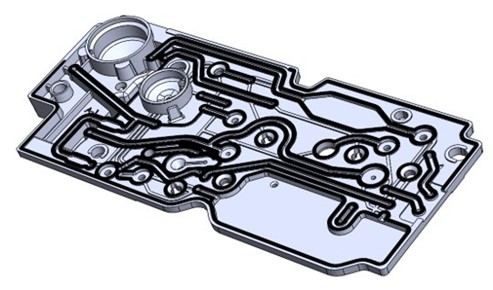
Problem
The client had strict requirements for their parts to not only be within specifications, but also identical. Even the slightest variation could impact the device’s accuracy. This level of precision can be challenging to achieve with injection molding, where small differences in the molding process can lead to variation in the final product. Adding to the challenge, the client required parts from three different molds. This made it even more difficult to maintain consistency across all parts. To meet these requirements, we had to develop and implement advanced mold making processes that could deliver the desired level of precision and uniformity across all parts.
Solutions
Highly Advanced Molds with Onboard Sensors
To overcome these challenges, Natech built highly advanced molds for the client, featuring onboard pressure and temperature sensors. We also used various optimization techniques, to ensure high-quality and uniform parts. The sensors allow us to identify imbalances in the tool and scientifically reduce part variation. Additionally, the system helps us monitor the molding process more closely and make decisions to ensure parts were in spec and identical. We used an RJG E-dart controller in a 4-cavity mold to change injection speed and monitor the pressure. The system provides real-time data about cavity temperatures and pressures. This helped to modify the parameters of the mold to reduce any small part variations.
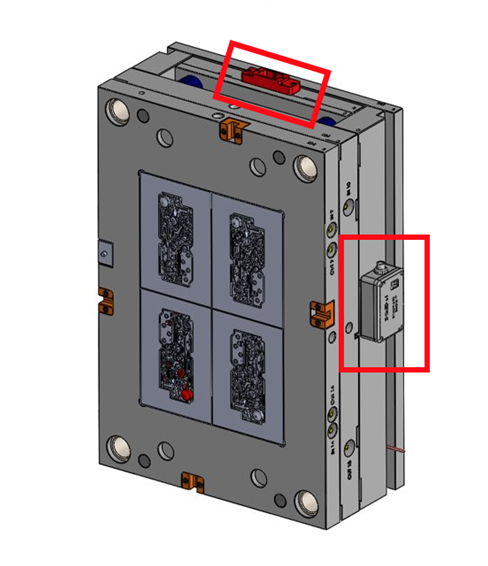
Building advanced molds with onboard pressure and temperature sensors is a highly effective solution for achieving high-quality and uniform parts in complex devices, such as this PCR molecular blood diagnostics device. These molds allowed us to closely monitor the molding process and ensure that variations are minimized to maintain the accuracy and consistency of the device’s intended results. While these advanced molds require an additional upfront investment, the benefits of product quality and reliability are well worth it. These molds are commonly used in industries that demand high precision, including the medical and diagnostics industry.
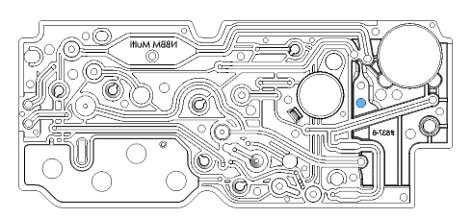
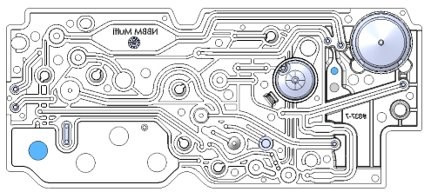
Our team built 15 molds for the client, ranging from one- to four-cavity molds that included both low-volume, aluminum, class 104 molds to high-volume, production class 101 molds. When the client was still figuring out their design, our team made modifications to the initial softer aluminum tools to accommodate them. Later, when the geometries were more locked in, we built production tools to produce higher volumes.
Results
Furthermore, by using advanced molding techniques, the client was able to achieve significant benefits and outcomes through the manufacturing process.
1. The use of the highly advanced molds with onboard pressure and temperature sensors combined with Moldflow Analysis, enabled us to achieve high-quality and uniform parts for the client’s PCR molecular blood diagnostics device. The molds allowed for greater control over the molding process, ensuring that the parts were not only in spec but also identical, reducing microvariations that could affect the device’s accuracy.
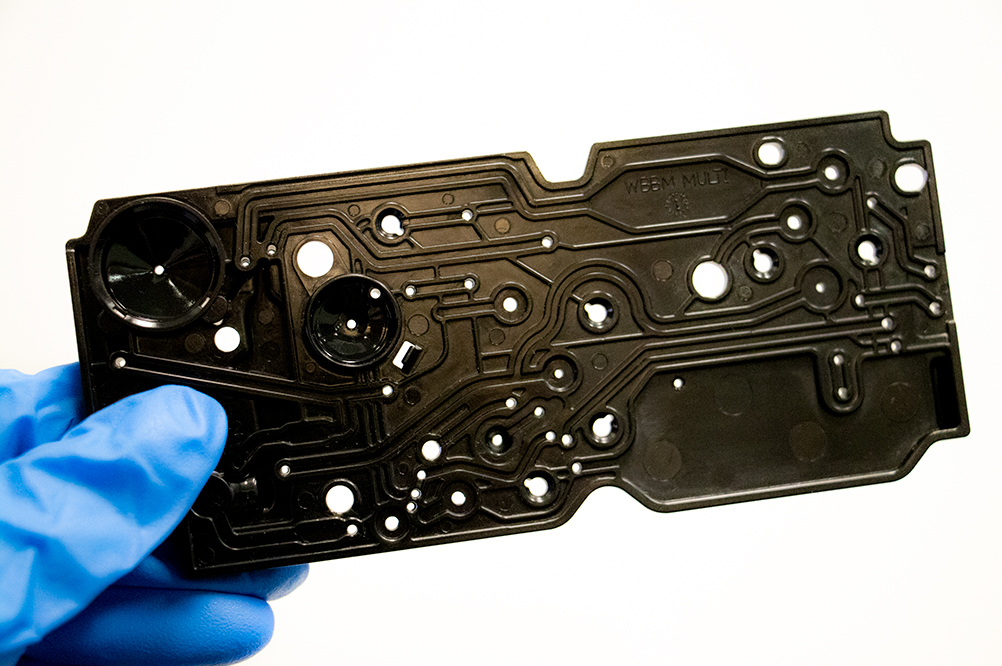
2. The use of 15 molds ranging from one- to four-cavity molds that ranged from class 104 to 101 enabled us to produce higher volumes of the client’s device. This reduced lead times and increased productivity. The production tool that we built also allowed for greater efficiency and reduced costs.
3. The ability to modify the molds and accommodate changes in the product’s design ensured that the client’s device remained up to date with the latest advancements in their field. The client was able to adapt to changes in the market and remained competitive in the industry.
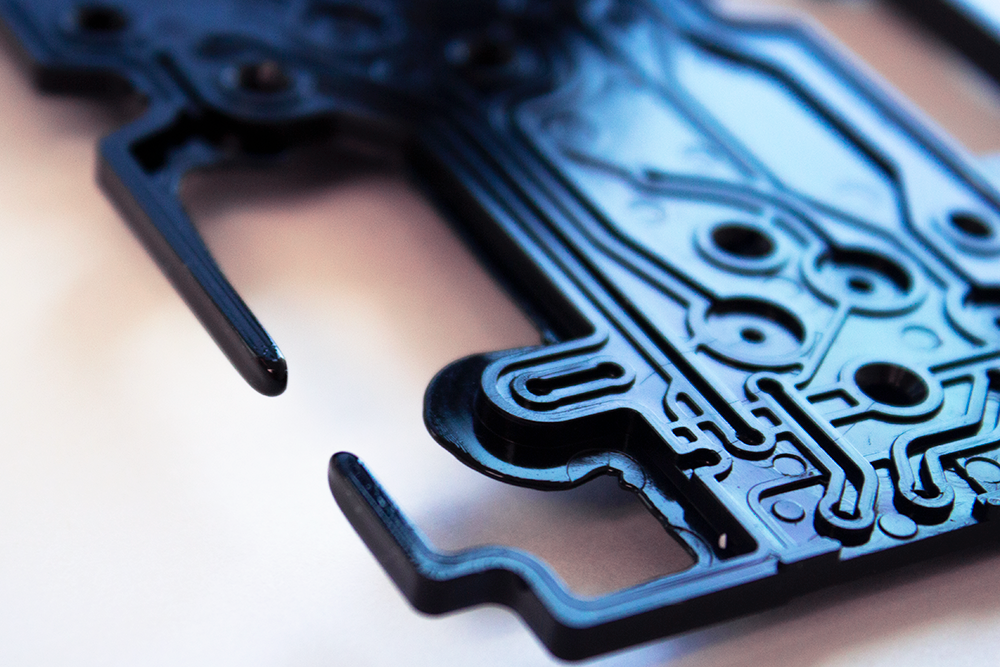
Moreover, the use of advanced molding techniques resulted in a successful project outcome for the client. We provided high-quality, uniform parts, reduced lead times, increased productivity, and the ability to adapt to changes in the market and industry needs.
